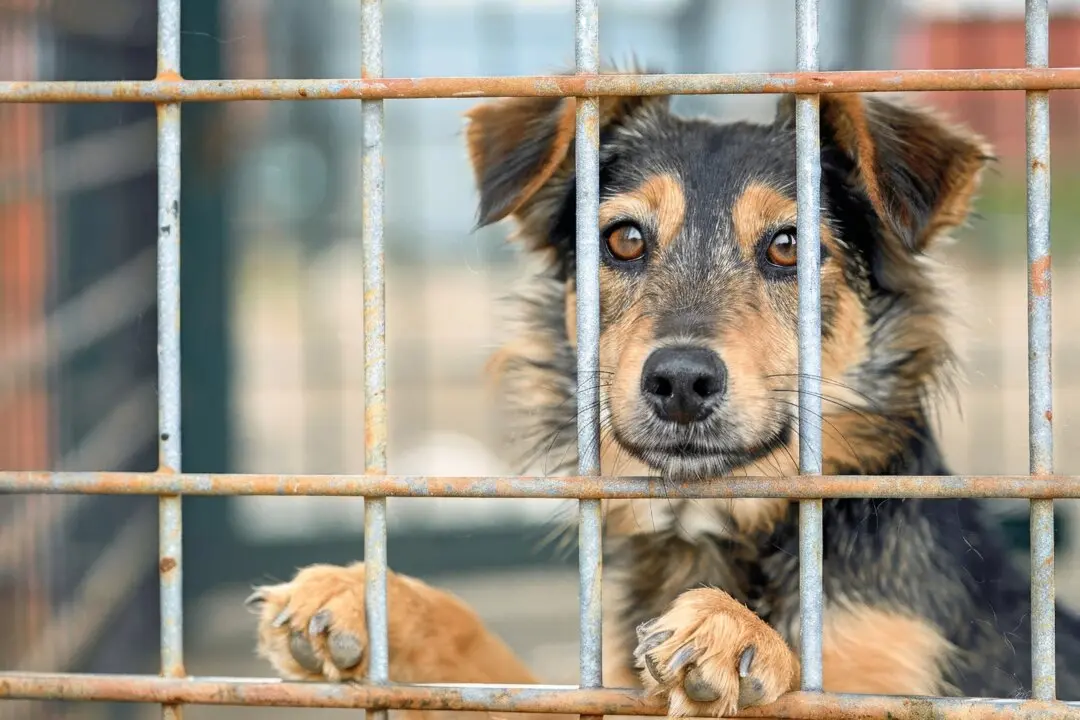Q: I recently adopted Missy, my mother’s middle-aged mixed-breed dog. She was never spayed, and she has two small masses in her mammary glands. Are these masses likely to be cancer? If not, should I have her spayed?
A: Mammary tumors develop in 1 in 4 unsterilized female dogs, making them the most common tumor in this group. Dogs that had puppies, females spayed after their heat cycles began, and dogs that were never spayed are at the highest risk.





